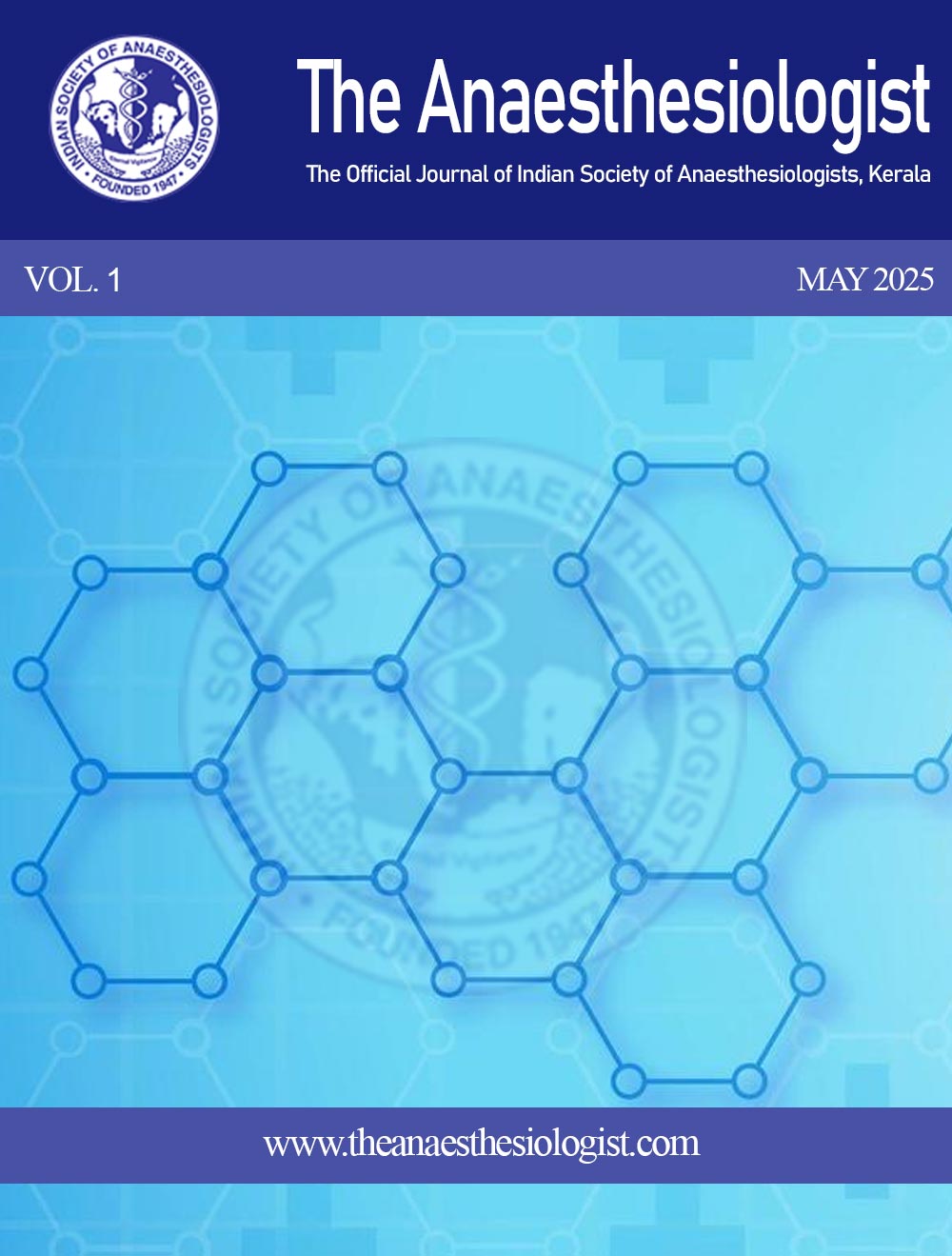INTRAVENOUS ONDANSETRON ON SPINAL ANESTHESIA - INDUCED HYPOTENSION IN PATIENTS UNDERGOING CAESAREAN SECTION: A RANDOMIZED CONTROLLED DOUBLE - BLINDED STUDY
Keywords:
Spinal anaesthesia, Bezold Jarisch Reflex, Ondansetron, Caesarean section. , Spinal hypotensionAbstract
Introduction: Spinal anaesthesia, a safe anaesthetic technique commonly practiced is associated with hypotension (33%), bradycardia (13%) and shivering induced by hypovolemia, sympathetic blockade and Bezold Jarisch reflex through intracardiac serotonin (5HT3) receptors and vagus nerve. Hypotension in caesarean section is triggered by many factors including pharmacological sympathectomy leading to reduced peripheral vascular resistance, venous return and cardiac output; aorto-caval compression by pregnant uterus in supine position. Ondansetron can inhibit Bezold Jarisch reflex triggered by chemoreceptors that are sensitive to serotonin. Ondansetron decreases the intensity of signs related to Bezold Jarisch reflex. This might lead to lower decreases in blood pressure after subarachnoid block. This study is designed to investigate effects of intravenous ondansetron on spinal anaesthesia induced hypotension in patients undergoing caesarean section. Objectives: To assess the effect of intravenous ondansetron on spinal anaesthesia induced hypotension after induction of spinal anaesthesia in caesarean section by serial blood pressure monitoring and recording the ephedrine requirement. Methodology: A randomized controlled double blinded study with 60 patients undergoing Caesarean section who satisfy the inclusion, exclusion criteria. Random sampling was done by chit in box method, and patients were divided into either group A or B. Group A received IV Ondansetron and Group B received IV Normal Saline as placebo. Sequential blood pressure recordings were taken, ephedrine doses were noted. Data analysis was by Chi square test and Unpaired t test. Probability value p< 0.05 is considered statistically significant. Results: Out of 60 patients, 30 in Group A received 2ml of intravenous ondansetron 2mg/ml and 30 in Group B received 2ml intravenous normal saline as placebo. There was no statistically significant difference in SBP, DBP and MAP. 7 patients (23.3%) in Group A and 19 (63%) in Group B required ephedrine with P value- 0.01.Conclusion:
Our study indicates that prophylactic use of ondansetron before spinal anaesthesia significantly reduces the requirement of ephedrine in caesarean section.
Downloads
Published
2025-04-15
Issue
Section
Original Research

